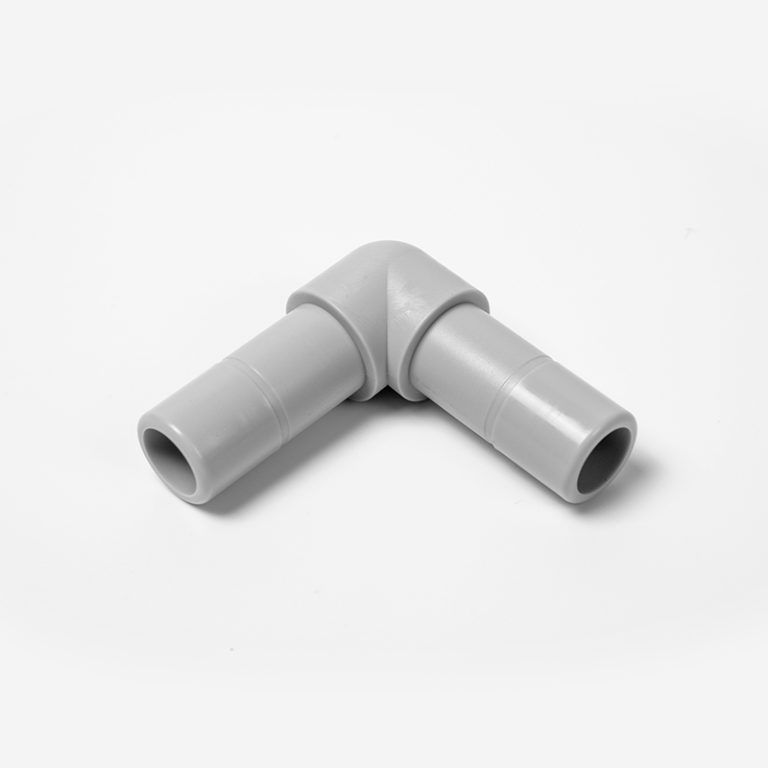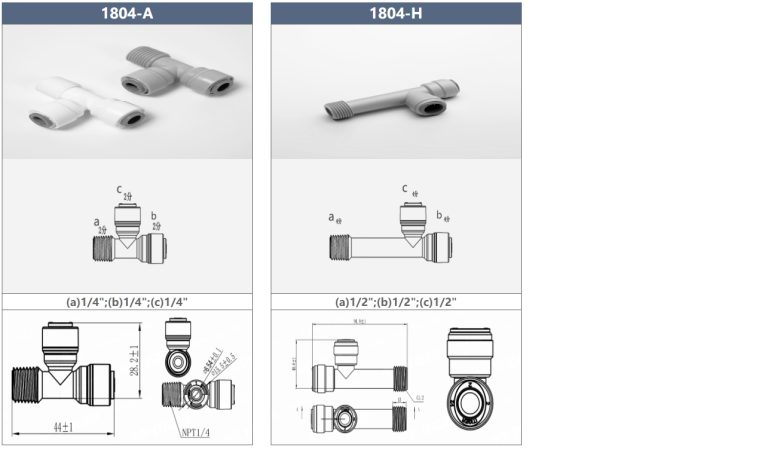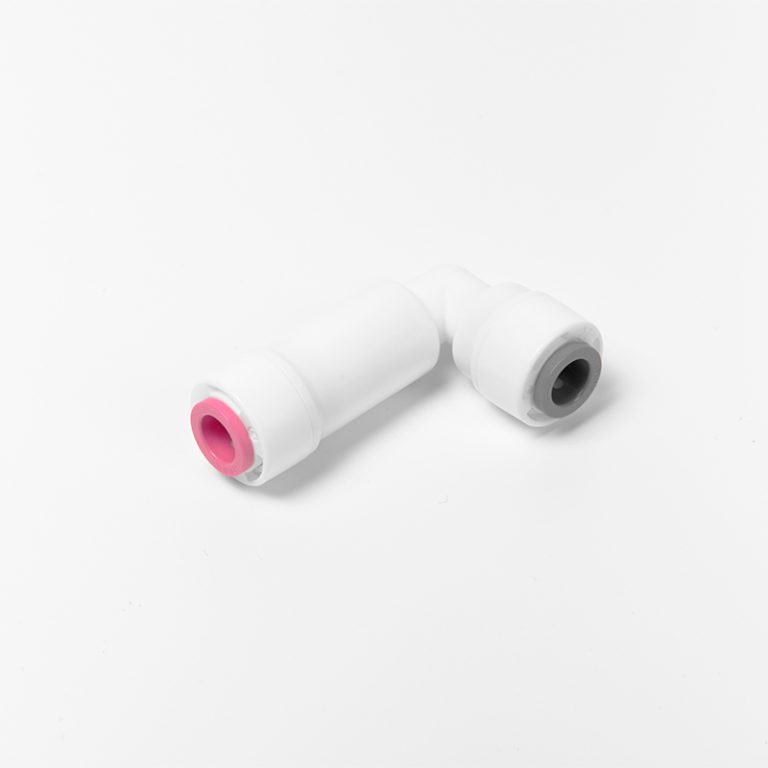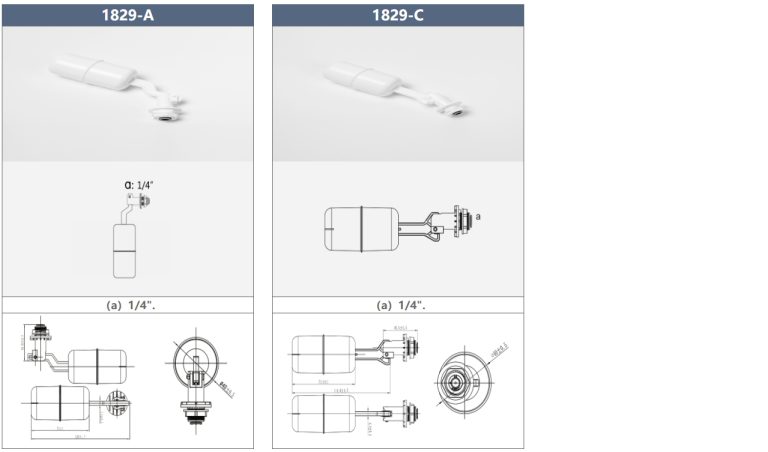“Secure connections for all your electrical needs.”
Table of Contents
Benefits of Using PVC Junction Box Fittings in Electrical Installations
PVC junction box fittings are an essential component in electrical installations, providing a secure and reliable way to connect and protect electrical wiring. These fittings are made from durable PVC material, which offers a number of benefits for both residential and commercial applications.
One of the key advantages of using PVC junction box fittings is their resistance to corrosion and rust. Unlike metal fittings, PVC fittings do not rust or corrode over time, making them ideal for use in damp or humid environments. This resistance to corrosion ensures that the fittings will maintain their integrity and performance over the long term, reducing the need for costly repairs or replacements.
In addition to their corrosion resistance, PVC junction box fittings are also highly durable and impact-resistant. This makes them an excellent choice for installations in high-traffic areas or locations where the fittings may be subject to physical damage. The durability of PVC fittings ensures that they will continue to provide reliable protection for electrical wiring, even in challenging conditions.
Another benefit of PVC junction box fittings is their ease of installation. These fittings are lightweight and easy to work with, making them quick and simple to install. This can help to reduce installation time and labor costs, making PVC fittings a cost-effective choice for electrical installations.
PVC junction box fittings are also highly versatile, with a wide range of sizes and configurations available to suit different installation requirements. Whether you need a small junction box for a residential project or a larger box for a commercial installation, there is a PVC fitting available to meet your needs. This versatility makes PVC fittings a flexible and adaptable choice for a variety of electrical applications.
Furthermore, PVC junction box fittings are non-conductive, meaning that they do not conduct electricity. This can help to reduce the risk of electrical shock or short circuits in the event of a fault or malfunction. By using non-conductive PVC fittings, you can help to ensure the safety of your electrical installation and protect both people and property from potential hazards.
Overall, PVC junction box fittings offer a number of benefits for electrical installations. From their corrosion resistance and durability to their ease of installation and versatility, PVC fittings provide a reliable and cost-effective solution for connecting and protecting electrical wiring. By choosing PVC fittings for your next electrical project, you can enjoy the peace of mind that comes with knowing your installation is secure, safe, and built to last.
How to Properly Install and Maintain PVC Junction Box Fittings
PVC junction box fittings are essential components in electrical installations, providing a secure and reliable connection point for wires and cables. Proper installation and maintenance of these fittings are crucial to ensure the safety and efficiency of the electrical system. In this article, we will discuss the steps involved in installing and maintaining PVC junction box fittings.
When installing PVC junction box fittings, it is important to first select the appropriate size and type of fitting for the application. PVC fittings come in various sizes and configurations to accommodate different wire sizes and connection requirements. It is essential to choose fittings that are compatible with the type of wiring being used and the specific requirements of the installation.
Before installing the PVC junction box fittings, it is important to carefully plan the layout of the electrical system and determine the location of the fittings. The fittings should be placed at strategic points along the wiring route to ensure easy access and proper distribution of power. It is also important to ensure that the fittings are securely fastened to the mounting surface to prevent movement or disconnection.
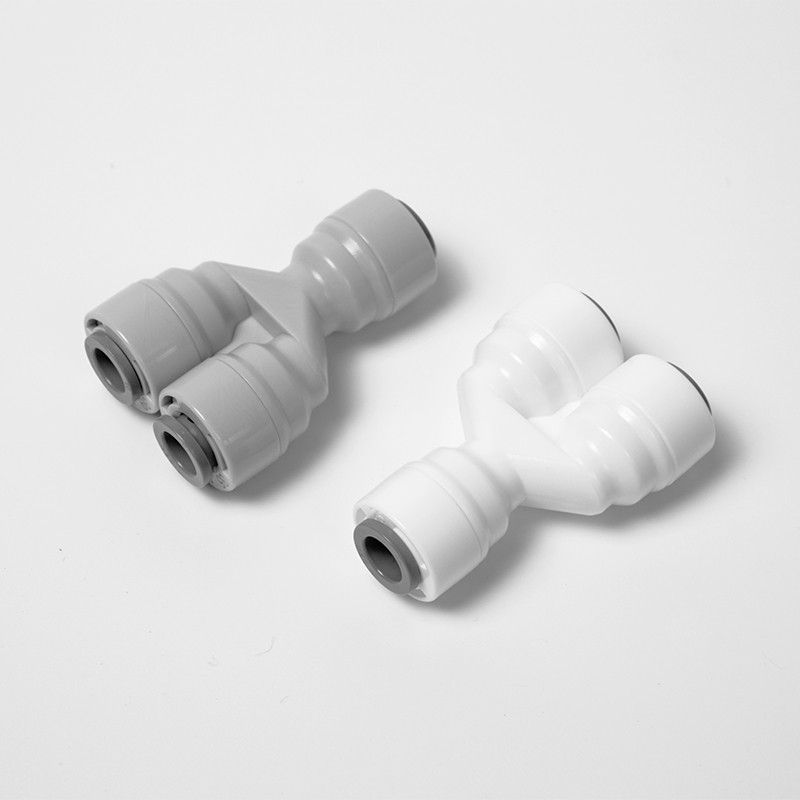
To install PVC junction box fittings, start by cutting the electrical wires to the required length and stripping the insulation from the ends. Insert the stripped wires into the fitting and tighten the screws to secure the connection. It is important to ensure that the wires are properly aligned and securely fastened to prevent any loose connections or short circuits.
| Model | Tube(a) | Stem(b) |
|---|---|---|
| 1801-A | 1/4 | 1/4 |
| 1801-C | 1/4 | 3/20 |
After installing the PVC junction box fittings, it is important to regularly inspect and maintain them to ensure their proper functioning. Check for any signs of wear or damage, such as cracks, corrosion, or loose connections. Replace any damaged fittings immediately to prevent any safety hazards or electrical malfunctions.
In addition to regular inspections, it is important to keep the PVC junction box fittings clean and free of debris. Dust, dirt, and other contaminants can accumulate inside the fittings over time, affecting their performance and reliability. Use a soft brush or cloth to clean the fittings regularly and remove any debris or buildup.
Proper maintenance of PVC junction box fittings also includes checking the tightness of the connections periodically. Over time, the screws and fasteners used to secure the wires may loosen due to vibrations or temperature changes. Check the tightness of the connections regularly and tighten any loose screws to ensure a secure and reliable connection.
In conclusion, PVC junction box fittings are essential components in electrical installations, providing a secure and reliable connection point for wires and cables. Proper installation and maintenance of these fittings are crucial to ensure the safety and efficiency of the electrical system. By following the steps outlined in this article, you can properly install and maintain PVC junction box fittings to ensure their optimal performance and longevity.

